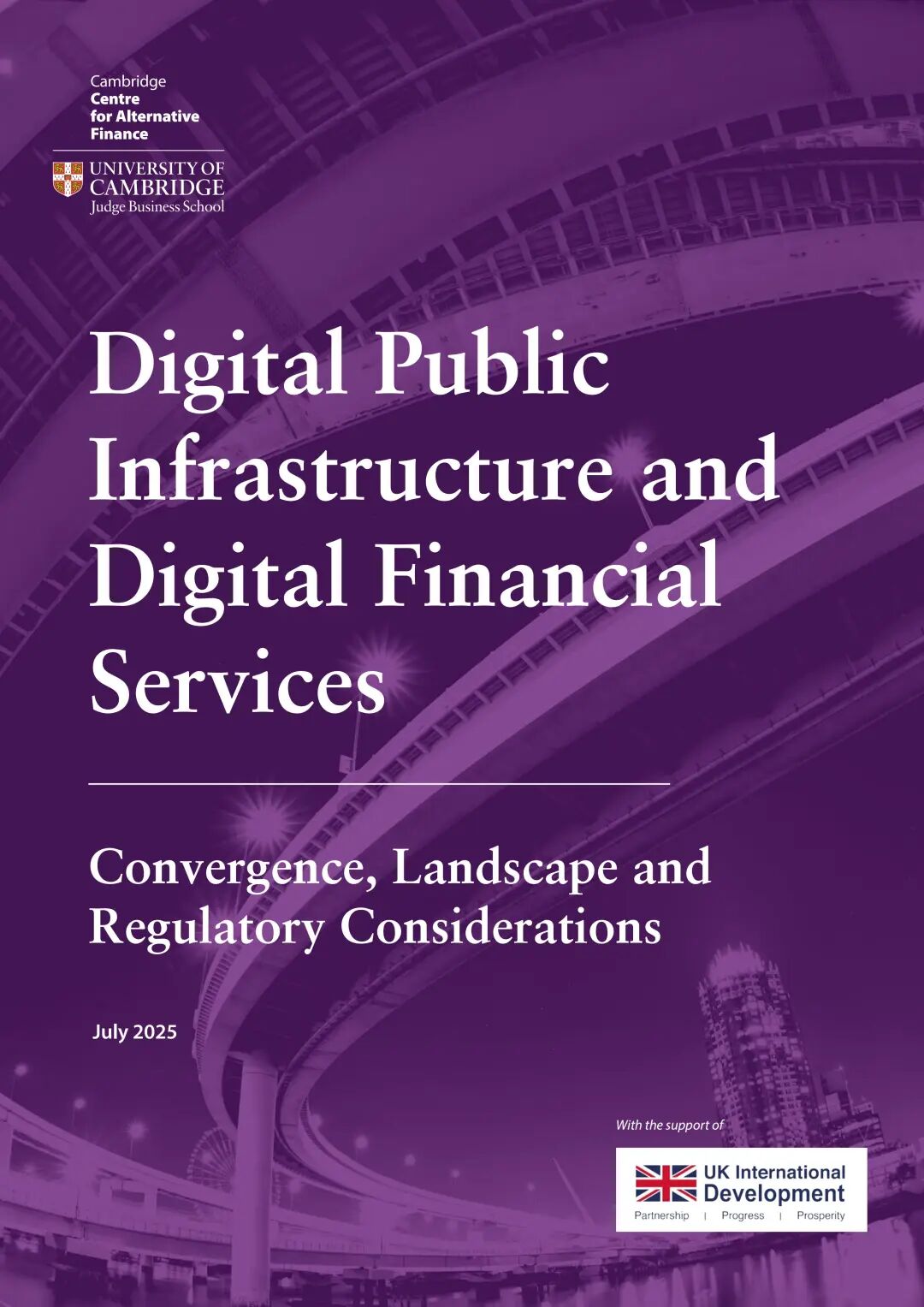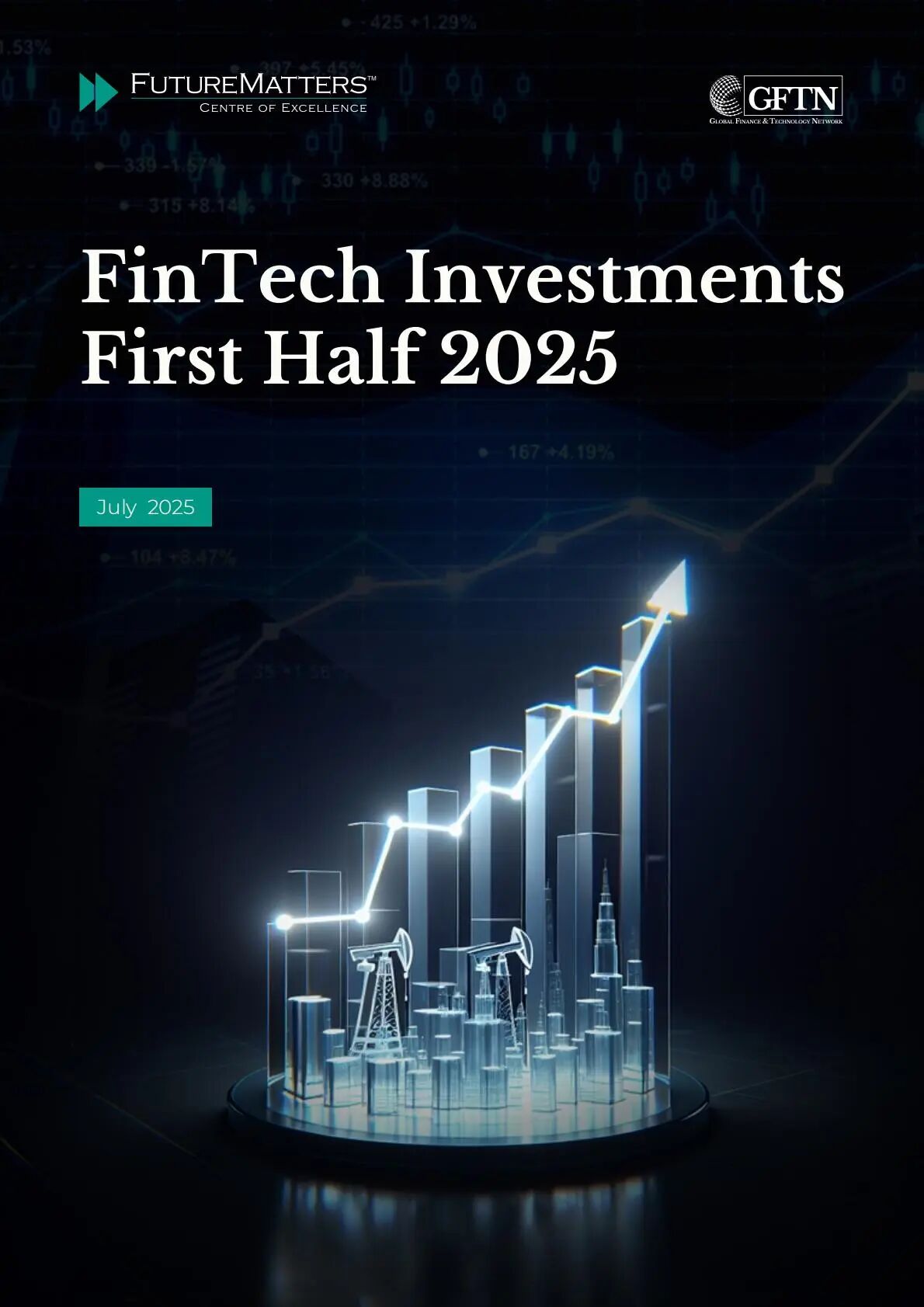Editor's Note:
As a fusion of blockchain technology and traditional financial systems, stablecoins have evolved from serving as peripheral instrumentsfor crypto-asset trading to occupying a central positionin cross-border payments, settlement, and digital financial infrastructure. With major economies including the United States, European Union, Singapore, and the UAE enacting or advancing regulatory frameworks, the establishment of compliance systems for stablecoins is entering a pivotal transition phase.
This article synthesizes the latest research from internationally authoritative consultancies—including Bain & Company, Deloitte, and Roland Berger—to systematically examine:
Technical Foundations: Blockchain architecture, value-pegging mechanisms, and smart contract automation
Evolutionary Trends: Shift from crypto trading tools to embedded financial infrastructure (e.g., RWA tokenization, institutional adoption)
Industry Applications: Cross-border payment efficiency (cost reduction to $0.01/tx, settlement in seconds) and DeFi integration
Regulatory Dynamics: Comparative analysis of the U.S. GENIUS Act, EU MiCA, and Asia-Pacific sandbox frameworks
Systemic Risks: Collateral transparency failures (e.g., USDC depegging), algorithmic vulnerabilities, and monetary sovereignty challenges
By integrating global case studies (e.g., Brazil’s $8M USDT-settled beef export to China) and empirical data, this analysis aims to provide policymakers, financial institutions, and emerging economies—particularly China—with strategic insights for navigating digital currency governance and fostering innovation-resilient frameworks .
Chinese website redirect link:https://www.bj-first.org.cn/single/507.html







